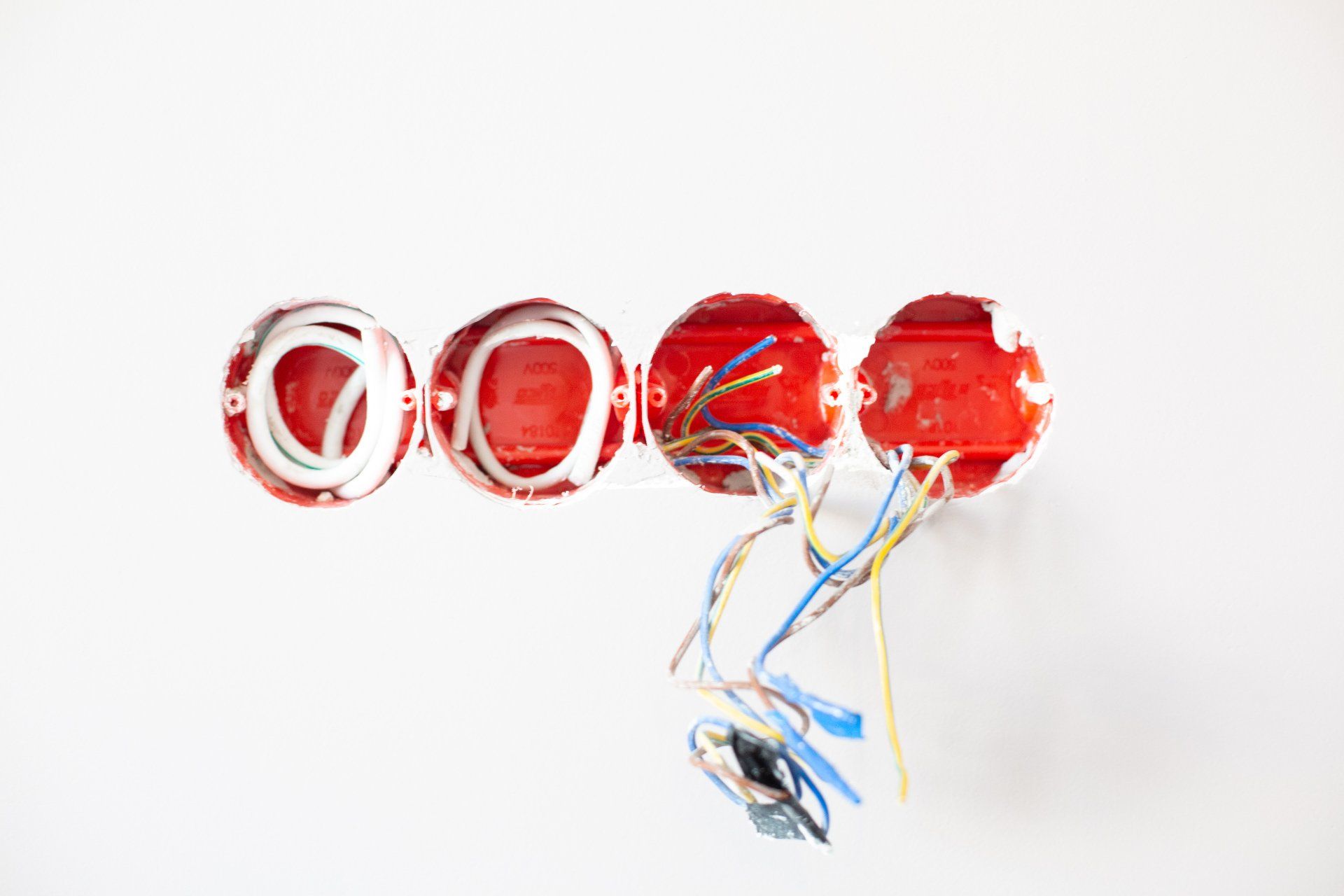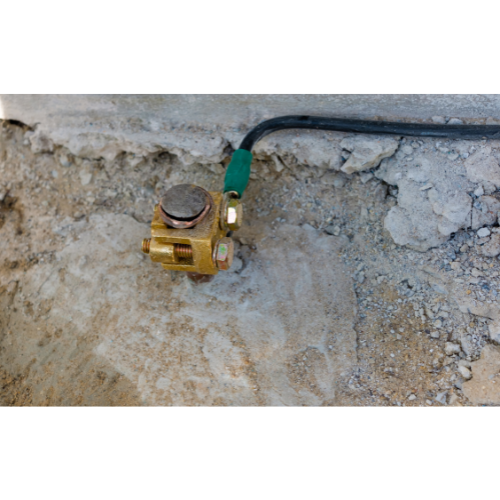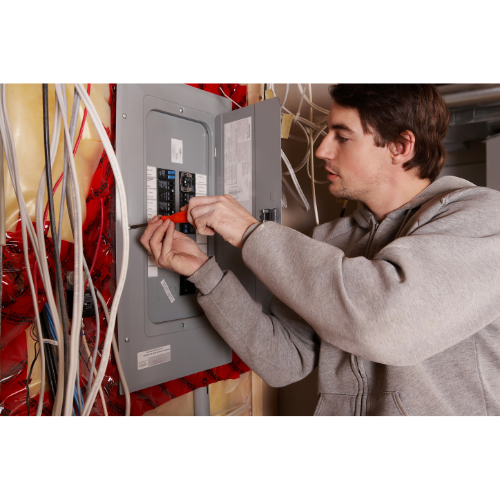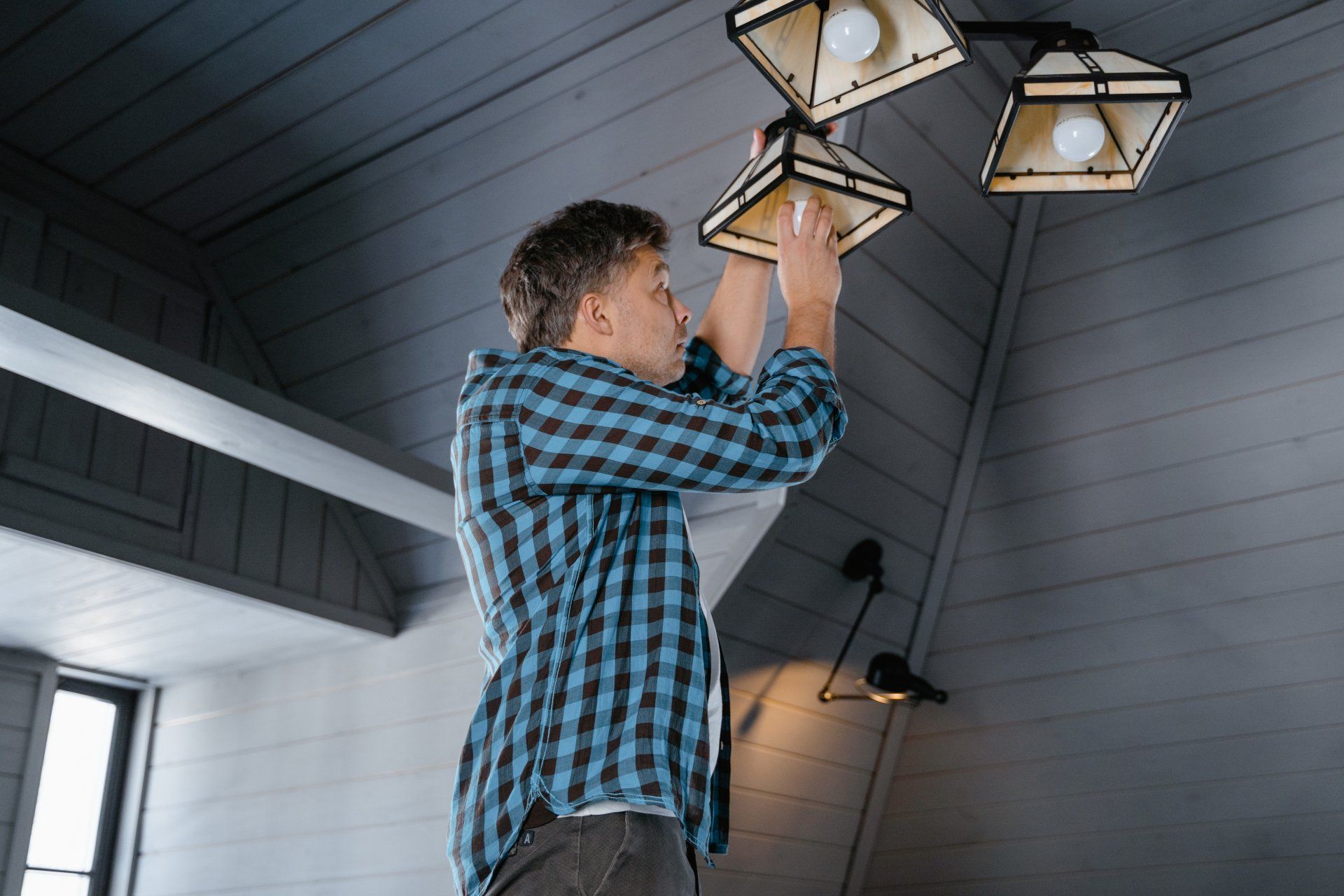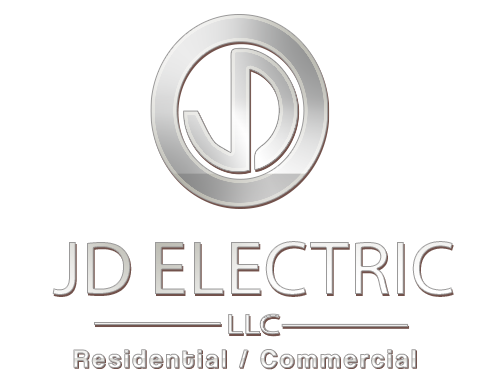Common Electrical Problems in Older Homes: How to Address and Prevent Them

Owning an older home can bring a unique charm and character, but it may also come with its fair share of electrical challenges. Outdated electrical systems, aging components, and insufficient wiring can lead to various electrical problems if not addressed properly. In this blog post, we will discuss some of the common electrical problems found in older homes and provide practical tips on how to address and prevent them. By understanding these issues and taking proactive measures, homeowners can ensure the safety and functionality of their electrical systems.
Outdated Electrical Wiring:
One of the most common issues in older homes is outdated electrical wiring. Knob and tube wiring or aluminum wiring, which were once standard practices, may not meet current safety standards. Upgrading the wiring to modern standards is crucial for the safety and efficiency of your home's electrical system. Hire a licensed electrician to assess the wiring and recommend appropriate upgrades or rewiring solutions.
Insufficient Electrical Capacity:
Older homes were not built to accommodate the high electrical demands of today's modern lifestyle. Insufficient electrical capacity can result in tripped breakers, overloaded circuits, or flickering lights. Consider upgrading the electrical panel and service to meet the increased power requirements. This will help distribute electricity more evenly throughout the house and prevent overloading.
Inadequate Grounding:
Proper grounding is essential for electrical safety. However, older homes may lack proper grounding or have outdated grounding systems. Inadequate grounding increases the risk of electrical shock and damage to sensitive electronic devices. Consult with an electrician to ensure your home has proper grounding and consider installing ground fault circuit interrupters (GFCIs) in areas prone to moisture, such as bathrooms and kitchens.
Faulty Outlets and Switches:
Over time, outlets and switches can become worn out, loose, or faulty. This can lead to intermittent power, sparks, or even electrical fires. Inspect all outlets and switches in your home for signs of damage, such as cracks, loose connections, or scorch marks. Replace any defective outlets or switches promptly to prevent further issues and ensure the safety of your electrical system.
Lack of Grounded Outlets:
Older homes may have a limited number of grounded outlets. Grounded outlets are essential for protecting your electrical devices and minimizing the risk of electrical shock. Consider hiring an electrician to install additional grounded outlets where needed, especially in areas where you use high-powered appliances or electronics.
Overloaded Circuits:
The electrical demands of modern households have increased significantly compared to when older homes were built. Overloading circuits by plugging in too many devices or using high-wattage appliances can lead to overheating, tripped breakers, or electrical fires. Distribute your electrical load evenly across multiple circuits and avoid using multiple high-wattage devices on the same circuit simultaneously.
Insufficient Lighting:
Older homes may have limited or outdated lighting fixtures. Inadequate lighting not only affects the aesthetics of your home but also poses safety risks. Upgrade to energy-efficient LED lighting and ensure proper installation to brighten up your space while reducing energy consumption.
Flickering or Dimming Lights:
Flickering or dimming lights can be indicative of underlying electrical issues. It may be a sign of loose connections, outdated wiring, or problems with the electrical panel. Have a professional electrician inspect your electrical system to identify and resolve the root cause of the flickering or dimming lights.
Electrical Code Compliance:
Older homes may not meet current electrical codes and safety standards. It's essential to bring your electrical system up to code to ensure the safety of your home and comply with regulations. Consult with a licensed electrician to conduct an electrical inspection and make necessary upgrades to meet the current code requirements.
Regular Electrical Inspections:
To prevent and address electrical problems in older homes, regular electrical inspections are crucial. Hire a qualified electrician to conduct periodic inspections to identify potential issues, assess the condition of your electrical system, and recommend appropriate maintenance or upgrades.
Addressing and preventing common electrical problems in older homes is essential for maintaining a safe and functional electrical system. By addressing outdated wiring, upgrading electrical capacity, ensuring proper grounding, replacing faulty outlets and switches, installing grounded outlets, avoiding circuit overloads, upgrading lighting, addressing flickering or dimming lights, complying with electrical codes, and conducting regular inspections, homeowners can ensure the safety, efficiency, and reliability of their electrical systems in older homes. Remember to consult with licensed electricians for professional guidance and assistance in addressing these electrical challenges.




